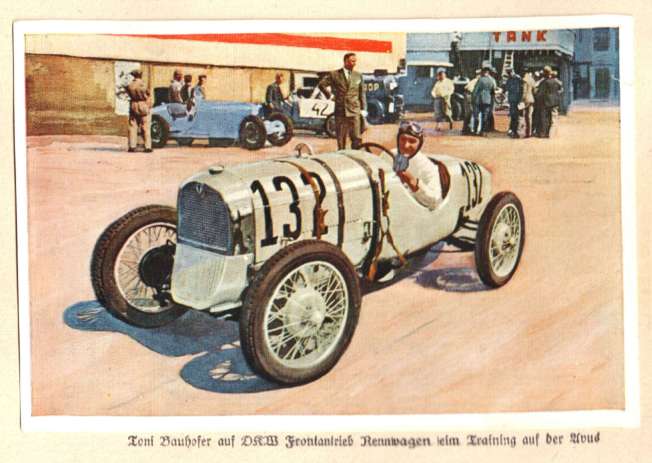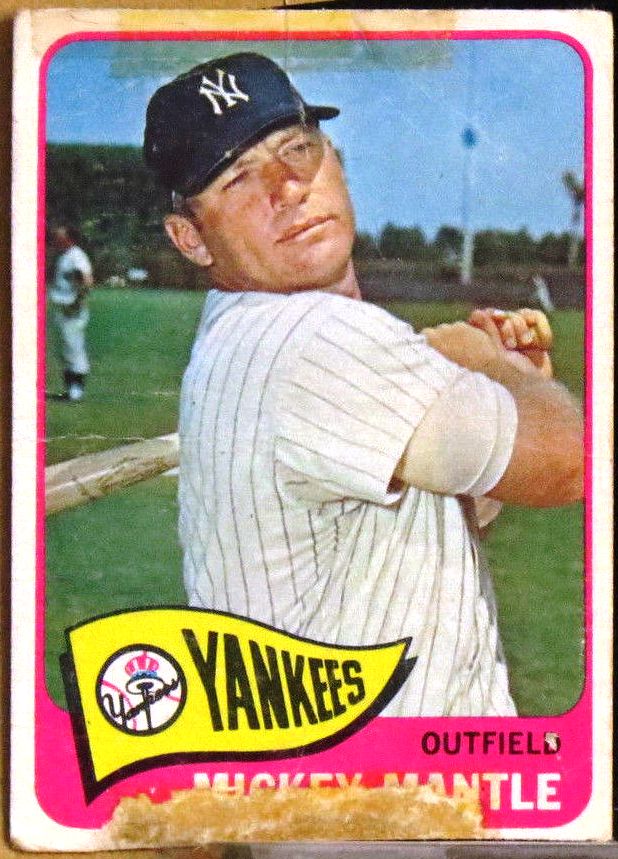
The trading card album is not a rare or recent novelty. Rather than collect some slivered, frail artifacts to store in a shoebox or even today’s slick, ultra-violet ray resistant, acid-free, and PVC-free protective page sleeves destined for some equally cloistered binder, once upon a time folks would tape or (gasp) glue and paste their cardboard and/or paper treasures into an album for display. For collectors of both sport and “non-sport” cards (curious term that may be, as in identification/categorization by absence or deficit, like nonfiction), this phenomenon was a pervasive one across cultures and time.
Some of these albums can still be found lingering, slumbering the decades away in people’s closets, attics, and (worse for wear and mold) basements. For example, hunters and searchers of cellulose gold continue to seek out the following, to name just a few: the 1929 Churchman’s Cigarettes Sports and Games album from the United Kingdom; Cuba’s 1946-47 Propagandas Montiel Los Reyes del Deporte; or the German-issued 1933 Sanella Margarine set. (Besides the supplementary album format, each of these mentioned releases shares another distinction; more on that can be found in the third and final installment of this series.) And while the 1933 Sanella Margarine trading card set and its official, accompanying Handbuch des Sports album may not be the oldest, rarest, or most valuable, the vibrant specimens and often excellent-to-near-mint conditions make this as good a place as any for an introduction to one such noteworthy album-based card set.
The history of the 1933 Sanella set is well known to several avid card collectors—as well as to many German-born citizens. Indeed, an urban legend of sorts indicates that just about every German household owned at least one copy of the album or book. Perhaps one reason: what self-respecting German doesn’t love margarine? As was so often the marketing practice, the trading cards were premiums associated with Sanella margarine products. (Also, a caveat: these somewhat flimsy cards actually look and feel like paper stock, though a mid-to-high grade quality thereof, not cardboard.) Reportedly, or at least as another entertaining myth would have it, one collector took advantage of the high population count of the Sanella cards and several years ago flooded the U.S. market, thereby driving prices down—even for cards of the most popular athletes in set.
Another possible reason for the abundance of Sanella cards: much of the set and album amounted to almost propagandized nationalistic material that German citizens must have felt privileged or compelled to own. After all, the cards were issued in 1933, not too long before the (in)famous 1936 Berlin Olympics. Of course, 1933 being the year that historians often refer to as the beginning of Adolf Hitler’s Third Reich, another more problematic kind of, er, national pride was brewing with plenty of further troubles abound.
Not surprisingly, among a smattering of globally recognizable athletes, the set therefore features a disproportionate number of German figures. As with a few of these individuals, some of the selected “events” appear to have little if any background or standing in the sports realm, at least as traditionally defined. For one, the number of airplanes and aviators (often or always German) contextualized here as objects and figures “des sports” feels like a bit of, again, a propagandic stretch.
Admittedly, motor sports is somewhat of an oxymoron likely concocted by a person with deep-rooted automotive interests—either a fanatical imbecile or capitalizing genius. But at least by standards of acceptability in German popular culture, even for this time period some of these events were nevertheless tenable: such as motorcycle racing or car racing. With such qualifiers in mind, the colorfully inked and exquisitely printed and rendered card images of these primarily terrain-bound and wheeled automotive wonders really do deserve some focus.
First, here’s an example from the album with two racecar cards on the same page.
 (Top card: Der Welfrefordwagen / Bottom card: Glromlfnlen (?) Mercedes.)
(Top card: Der Welfrefordwagen / Bottom card: Glromlfnlen (?) Mercedes.)
One such card of a motorcycle dirt race, or dirt bike race if that’s the preferred phrase, depicts a well-composed yet high-speed scene that really demonstrates the uncanny ability of the still image to communicate motion (which must have been something that continued to fascinate people, even at a time when Hollywood exports of moving pictures were already widely popular). The stillness of the large, floating red letters—as on a high wall or overhead banner—offers an effective juxtaposition that accentuates the movement and speed of the perhaps undersized but powerful machines chewing and churning up bits and plumes of earth on the dirt racetrack.
 (Motorcycle dirt race)
(Motorcycle dirt race)
 (Pictured: Rudolf Caracciola.)
(Pictured: Rudolf Caracciola.)
 (Beiwagenrennen! Google translation: “Chariot Races.” Hmm, maybe there’s an idiomatic issue there.)
(Beiwagenrennen! Google translation: “Chariot Races.” Hmm, maybe there’s an idiomatic issue there.)
 (Pictured: Manfred von Brauchitsch.)
(Pictured: Manfred von Brauchitsch.)
Note the expressions of the motorists and the faces of spectators in many of these racing scenes. As probably evident by the contrapuntal dynamics (yes, there can be music in the visual) of photographic definition combined with the softness of an almost watercolor application, all of these cards look to be based on pre-existing photographs. Indeed, for some of the more notable athletes elsewhere in the set, the very same images can easily be researched and located in their earlier, monochrome forms.
 (BMW motorcycle)
(BMW motorcycle)
 (Motorists and cyclists)
(Motorists and cyclists)
 (Pictured: Toni Bauhofer.)
(Pictured: Toni Bauhofer.)
Posing here is one racing star of the day, Toni Bauhofer. Before an accident and injury led him to retire, Bauhofer won four major championship titles (between 1924-1932) and earned several other racing distinctions in his early life. A lesser known distinction of Bauhofer’s: according to Hermann Historica, an international auction house and collecting resource, Bauhofer purchased a watercolor painting by Adolf Hitler that was a gift from Hitler to Eugenie Haug, a close and “ardent supporter” rumored to be a former lover of the mustached megalomaniac. The auction house notes that sufficient documentation verifies Bauhofer made the purchase; it makes one wonder about the undocumented penchants held by Bauhofer, as well as some other folks highlighted in this “handbuch.”
Finally, to return to the exemplary quality of these artifacts: both the advanced printing technology and honorific portraits of a booming automotive industry more than tempt the present-day viewer with speculation. What developments, what heights could have been attained through such mechanical and engineering talents alone, specializations so inherently and comparatively benign in nature next to the tragedies that followed. Instead, this portrait of a nation that these hopeful colors paint is now vastly overshadowed by darker shades cast by almost unspeakable monsters and monstrous actions. Strangely haunting, too, how the same enticing messages of an impossibly promising future filled with wondrous, superbly well-oiled machines driven and piloted by blue-eyed, blond-haired specimens of “perfection”—how these lures of a larger, more dangerous and devious scheme eventually doomed so many thousands to such horrors.































